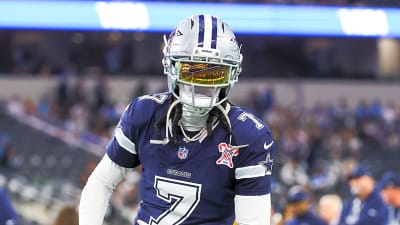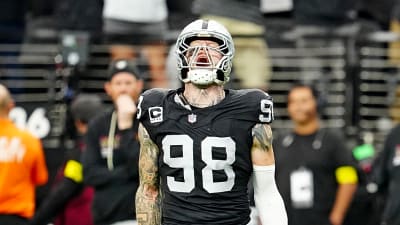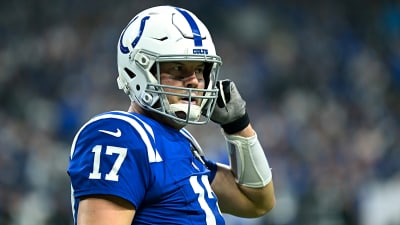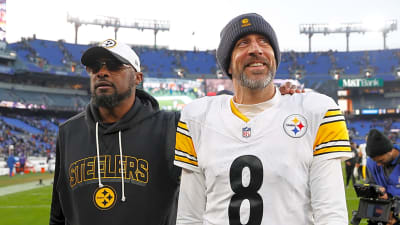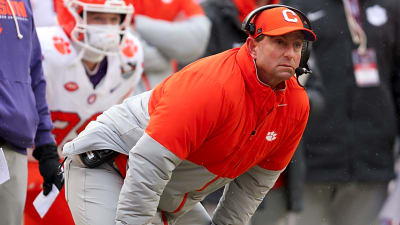
In order for the New York Rangers to have the turnaround they are hoping for in the 2025-26 season, they need Mika Zibanejad to be better. He has experienced a significant decline in each of the last two seasons, not just in offensive production but also in terms of speed, turnover rate, and defensive effectiveness. This article investigates what has gone wrong for Zibanejad in the last few seasons and predicts what we can expect from him moving forward.
Zibanejad’s Statistics the Last 5 Seasons
| Season | Games Played | Goals | Assists | Points | Plus/Minus |
| 2020-21 | 56 | 24 | 26 | 50 | 2 |
| 2021-22 | 81 | 29 | 52 | 81 | 30 |
| 2022-23 | 82 | 39 | 52 | 91 | 25 |
| 2023-24 | 81 | 26 | 46 | 72 | 15 |
| 2024-25 | 82 | 20 | 42 | 62 | -22 |
Concerns About Age
Zibanejad’s double-digit point drops in each of the last two seasons are especially concerning given that at 32 years of age, he is beginning to exit his athletic prime. While there are examples of players who have maintained their level of production into their mid-30s, it is generally the exception rather than the rule.
Concerns About Skating Data
While NHL Edge data can, if decontextualized, occasionally provide a narrow and myopic picture of a player’s skating profile, it can still be a useful comparative tool. In Zibanejad’s case, the data paints a worrying picture. In 2022-23, he had 213 speed bursts of 20-22 mph and 870 speed bursts of 18-20 mph; in 2023-24, he had 187 speed bursts of 20-22 mph and 855 speed bursts of 18-20 mph; in 2024-25 he had only 144 speed bursts of 20-22 mph and 619 speed bursts of 18-20 mph.
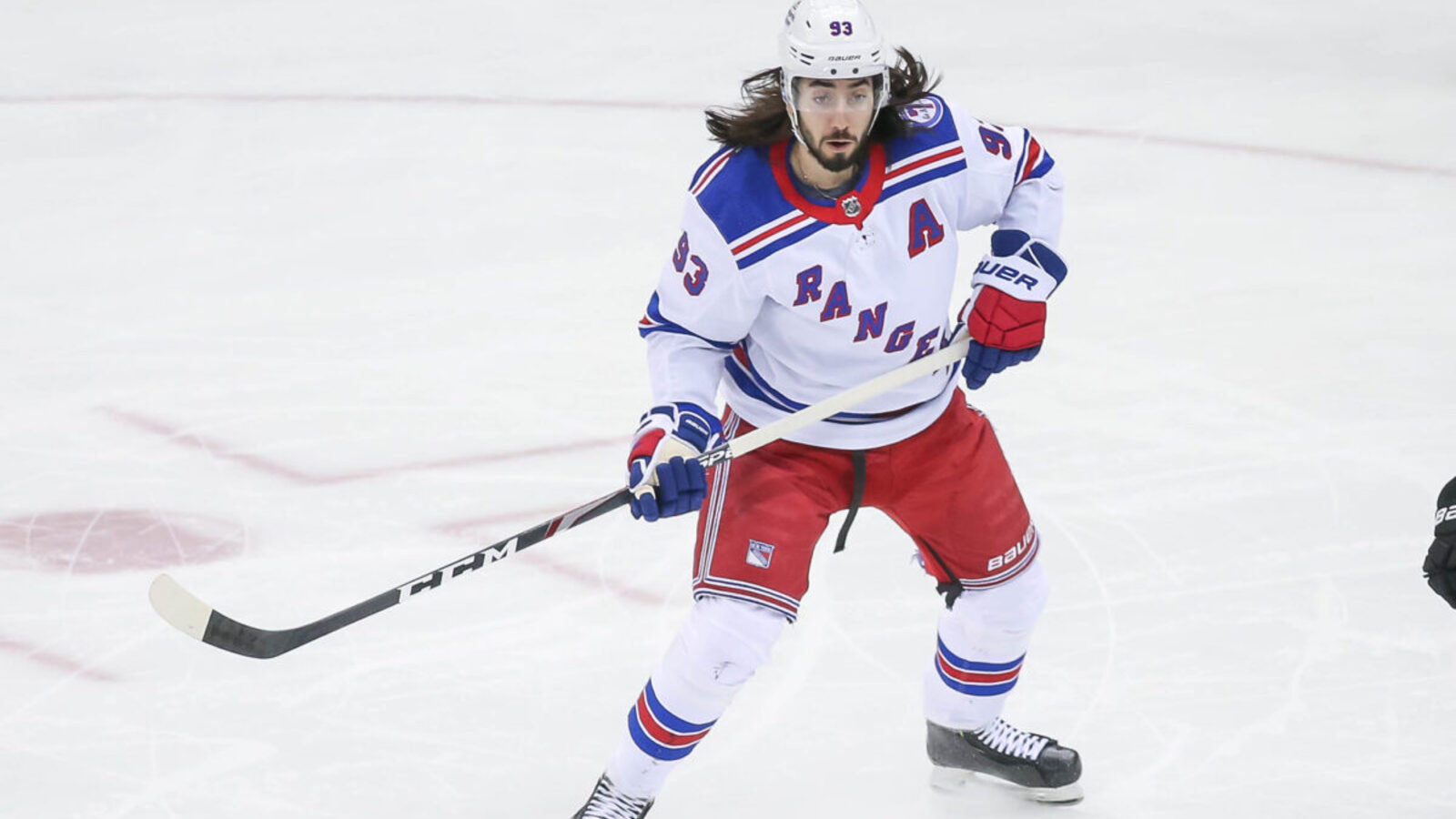
His drop in average time on ice over that period (from 19:58 to 19:45 to 18:46) does not explain the magnitude of his drop in speed bursts. It indicates that either Zibanejad has gotten slower or that he made a conscious decision to conserve his energy more. Either way, the fact that he is skating at his fastest speeds significantly less often is not a good sign.
Concerns Over Power Play Production and Role
As a team, the Rangers were just 28th in power-play percentage last season, converting at a 17.6% clip. Zibanejad was a main reason for this drop-off, as he accumulated the fewest power-play points since his first season in New York (excluding the shortened 2020-21 season).
The drop-off from 2022-23 to last season was stark. That season, he produced 20 power-play goals and 39 power-play points overall; last season, he had just seven power-play goals and 19 power-play points overall. He struggled to handle the puck effectively on the half wall and was unable to get his lethal one-timer off as consistently as he has in the past.
As a result, there were times last season when Zibanejad was moved to the second power-play unit. While he finished the season on the top unit, his leash to start this upcoming season is likely pretty thin.
Concerns Over Engagement Level
Beyond the decline in Zibanejad’s stats, he also looked far worse last season than he had in seasons prior. He struggled with turnovers, shot placement, and decision-making. He made defensive miscues that he simply did not make in previous seasons.
Zibanejad was also considerably less physical. One measurement of care, especially for players that are not producing at their normal levels, is hits. It is a controllable factor as long as ice time is relatively constant. The number of hits a player has is obviously not a perfect measurement of a player’s engagement level, but comparisons of the same player’s hit totals between different seasons can be telling. Last season, Zibanejad had just 44 hits, which, though not a terrible number for a skilled player, is the fewest he has had in the last eight seasons. For reference, in 2018-19 he had a career-high 134 hits, and though that number has decreased as he aged, he still had 71 in 2022-23.
Fewer Shots on Goal
Zibanejad had 171 shots on goal last season, down from 221 the season before and 251 the season before that. His shooting percentage (10.9%) was lower than his career average (13.0%), but not by a drastic amount.
Intangible Factors
The statistics never tell the full story, and in Zibanejad’s case, it is difficult to know the extent that expectations, poor team performance, or other unknown factors weighed on him. He will have the opportunity to have a fresh start in 2025-26, not just with the start of a new season but also with a new coach.
It is also possible that who the head coach was, and as a result, the systems that were implemented, had a large effect on Zibanejad. It is noteworthy that his major decline the last two seasons occurred in the years that Peter Laviolette was the head coach. Although Zibanejad’s decline was much larger than expected from a simple alteration in systems, it is possible that Mike Sullivan’s style of play is more advantageous to Zibanejad’s game and that he feels more comfortable playing for him.
Conclusion
Unfortunately, a lot of the signs point to the fact that Zibanejad’s decline may be more of a trend than an anomaly. He has not just gotten unlucky as a shooter; he is exiting his athletic prime and in the last few seasons has seen reductions in shot attempts, goals, assists, points, skating speed, and power-play usage and production. While a new coach and system may be to his advantage, the days of Zibanejad being a 90-point scorer are likely over. It seems reasonable to predict a season around 60-65 points, hopefully accompanied by increased defensive reliability.
More must-reads:
- Maple Leafs forward Auston Matthews' injury presents steep challenge for Toronto
- Olympic roster will be test to see if USA Hockey has learned from mistakes
- The 'Top-50 all-time NFL rushers' quiz
Breaking News
Trending News
Customize Your Newsletter
 +
+
Get the latest news and rumors, customized to your favorite sports and teams. Emailed daily. Always free!
